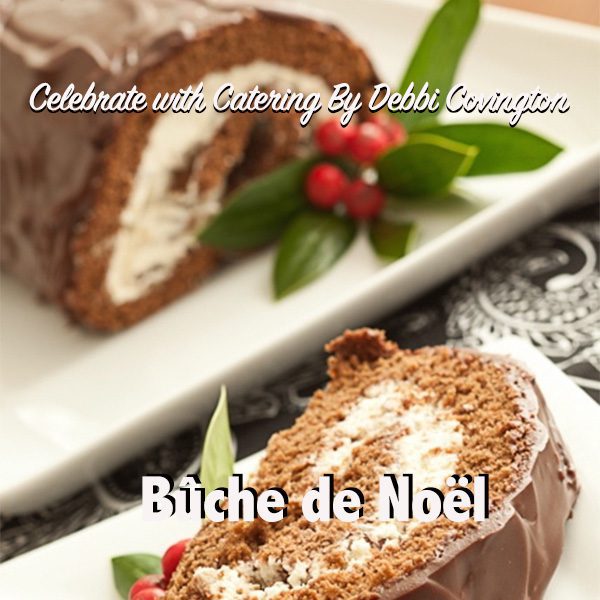The above title belongs to Dorothy Gaiter and John Brecher. When they used it, I think they really hit the nail on the head. It comes from a column written for the Wall Street Journal in 2009, in which the writers develop some thoughts on glasses used for wine. For the most part, it’s a discussion of everyday vs. formal, jelly glasses vs. Waterford.
I agree with Dorothy and John, but would like to put in my own two cents. In this scenario, I equate drinking wine with eating. We must eat in order to live. To keep our interest in eating at peak, we go to great lengths to be creative with recipes and/or restaurant selections. It follows then – in my scenario – that we do the same with drinking. We must have some sort of vessel to contain our beverage. We select a glass from the Dollar Store (.98 cents) or we can go all the way up and select a glass from an artisanal glass blower. Some would argue that it makes no difference, that glass is glass. That may be so; however, we must consider the everyday setting vs. the formal setting.
Let’s try to sort this out by starting at the beginning. Yes. Glass is glass. It is composed of sand, soda ash and limestone melted down to form sheet or shapes. Moving right along to our arena we find that The International Standards Organization (The ISO) has a specification for a wine tasting glass. It consists of a cup shape blown in the form of an elongated egg, supported on a stem, and resting on a base. The opening is narrower than the convex part so as to concentrate the bouquet of the wine. The capacity of the glass is approximately 215 ml and the pour for tasting should be 50 ml.
Now let’s take a look at just two basic shapes – a glass for red and a glass for white. Red wine glasses are characterized by their wider bowl, which increases the rate of oxidation. As oxygen from the air chemically interacts with the wine, flavor and aroma are subtly altered. With the glass for the white wine we notice a “u” shape to the bowl. This allows the aromas to be released and, at the same time, helps the wine maintain a cooler temperature.
I would be remiss if I failed to mention the Champagne Flute. We are all familiar with the shape of the glass. Two points to remember about the bowl: the first, that it is designed to maintain the effervescence; and the second, that it’s about offering a view of the bubbles as they travel to the top. (I will wager that somewhere there is a millionaire who thought up that idea. Just imagine the number of flute designs that exist.)
Since I have been studying wine on and off for 50 years, I would have to say that I have been studying glassware and barware for an even longer time. Something clicked one Saturday afternoon, a long time ago, when I was shown a set of wine glasses. I knew that the glasses were expensive, but I wasn’t sure how expensive. The woman who owned the glasses asked me to guess the price of the set. I came within a few cents of being correct. ($6.95 each for the goblets at 1959 prices, which translates to $75/$85 today.) From then on I was “hooked,” and I always enjoyed shopping for glassware, whether for purchase or just browsing.
I have always held the opinion that collecting and studying wine goes hand in hand with collecting and studying good glassware. When I was a starving Second Lieutenant just out of college, I jumped from jelly glasses to selections from Crate & Barrel. That was good enough until I visited the Waterford Factory in Ireland. Hooked, again? Yes. But what was I doing? I was no longer just buying glassware. I was investing in high quality stemware that enhanced my wine drinking experience. I have since moved on from Waterford. I now shop at Simon Pearce in Vermont and Boston.
WINESPEAK
Or should I say, in this case, GLASSSPEAK? Glass is an inert material. That being the case, it will not alter the taste of the wine. What good quality glassware does for me is to complete each wine drinking event. I will now share a secret. My own Mother did the same thing. During the depression, her one treat was to purchase, one glass at a time, a complete service for eight of Water, Wine, Champagne, and Cocktail Glasses. It took forever and her patience paid off. I still have those glasses . . . 83 years later. Glass styles may have changed. Thankfully the idea of collecting has not.






